This is the original SEAT Ibiza. A hugely important car for the brand, it was the first car created independently by the firm after it split from Fiat in 1982. It pre-dates Volkswagen Group ownership and, despite its Fiat Ritmo underpinnings, featured cutting-edge Italdesign styling.
SEAT Ibiza: what are its rivals?
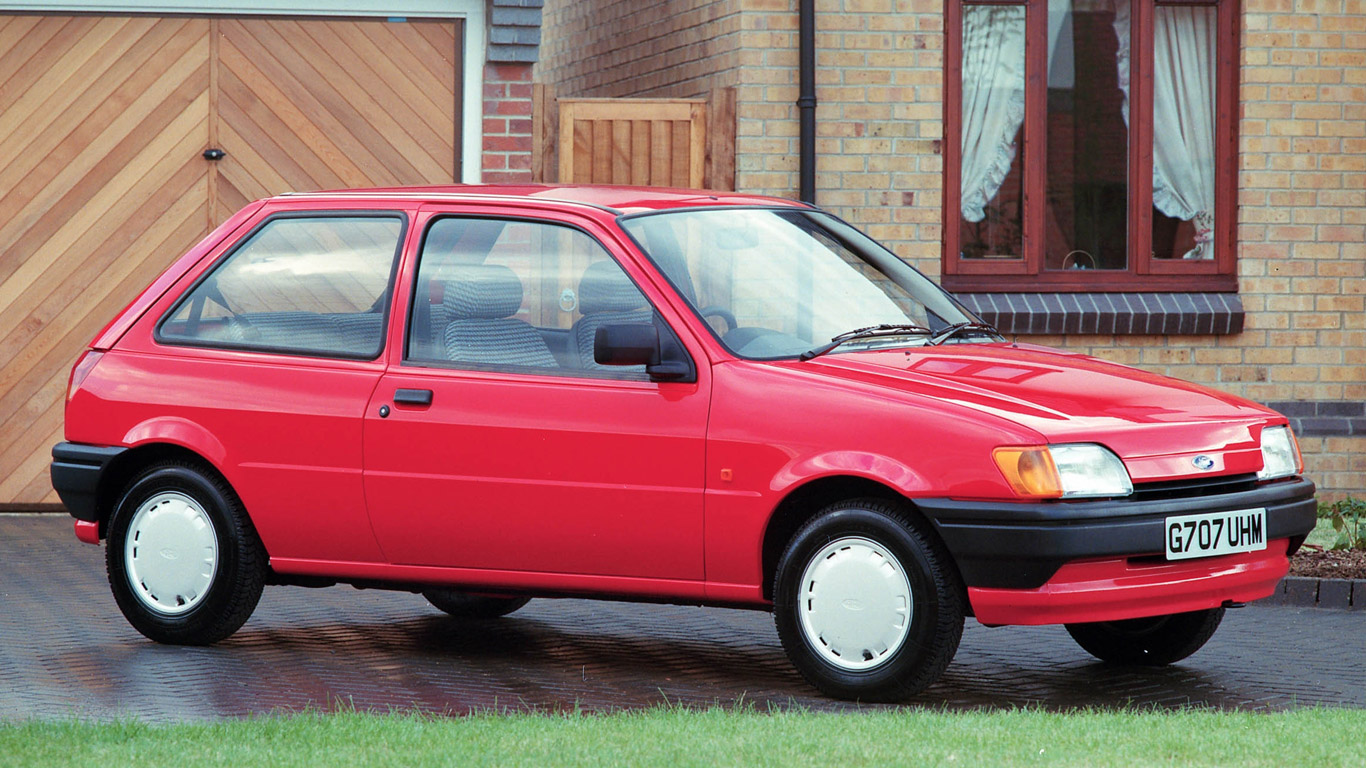
Similar in size to 80s superminis such as the Ford Fiesta, Fiat Uno and Austin Metro, the SEAT Ibiza offered excellent value compared to its mainstream peers (Spanish labour was cheap, after all). It also competed with larger budget offerings such as the Hyundai Pony and Toyota Corolla.
SEAT Ibiza: what engine does it use?
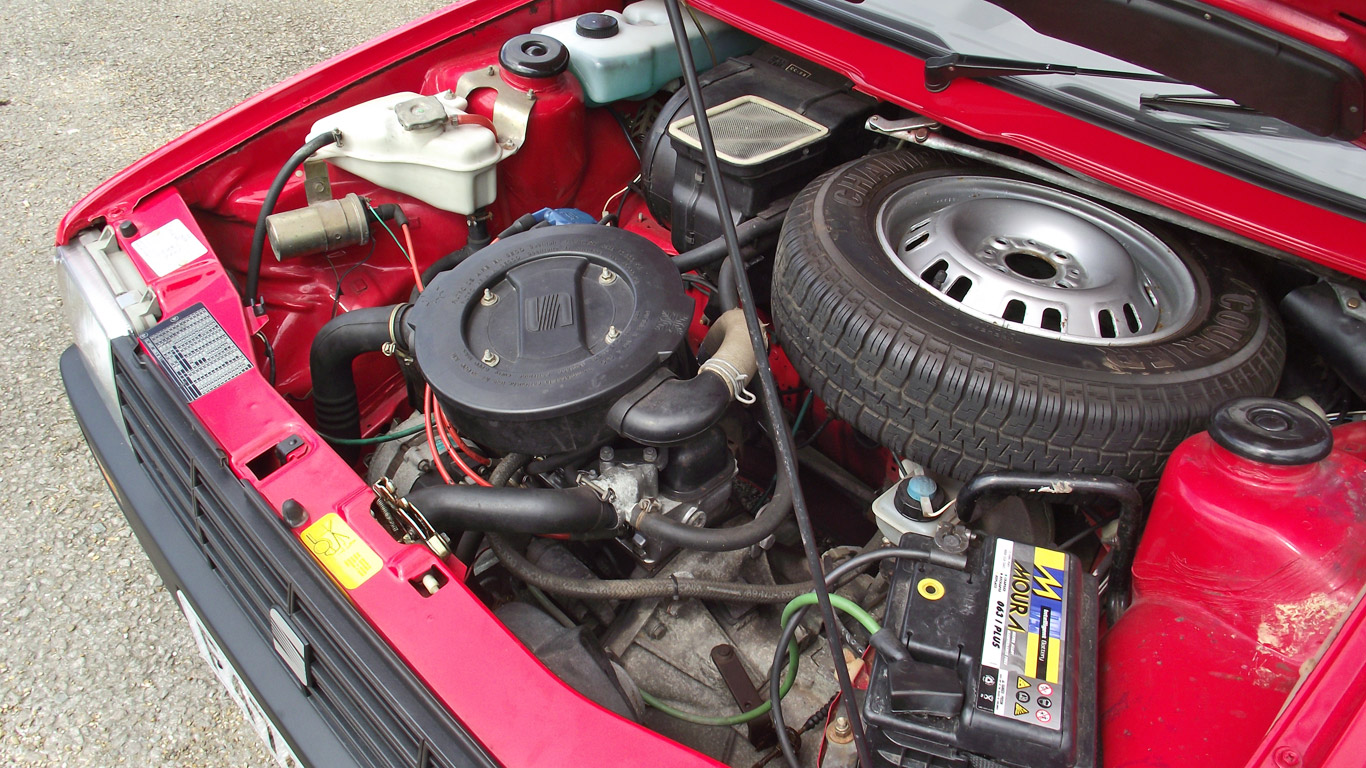
All engines used in the original Ibiza were inline four-cylinder motors – the 0.9-litre tested here was a Fiat engine, producing 44hp. More powerful engines were created in partnership with Porsche (yes, really – it made more sense than small-time SEAT creating its own powertrains), ranging from a 63hp 1.2-litre engine to the sporty 102hp 1.5 SXi. A 1.7-litre Fiat diesel was also available.
SEAT Ibiza: what’s it like to drive?
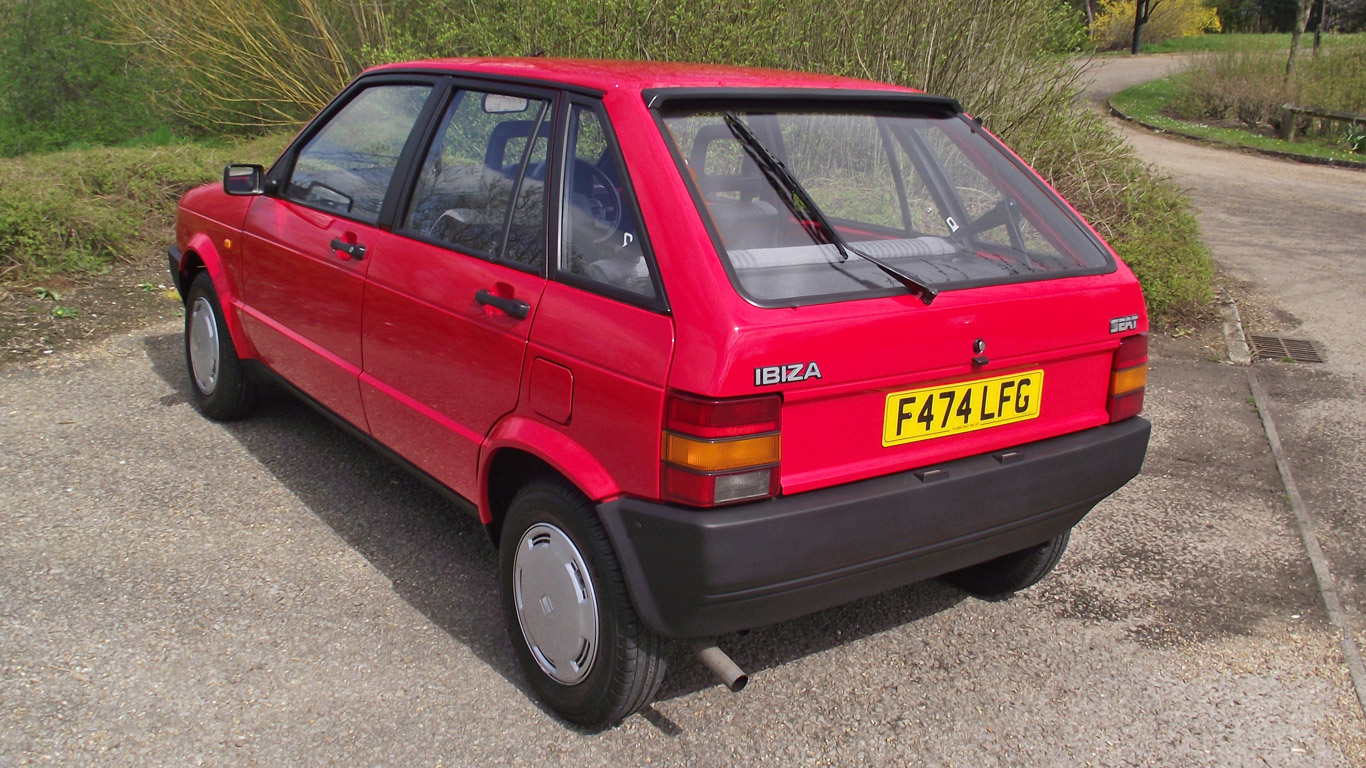
The first thing you notice is the awkward driving position. While this writer isn’t particularly lanky (other superminis of the era pose no problem), the leg needs to be bent awkwardly to give the accelerator pedal a trickle of revs.
Once moving, it’s more comfortable to treat the gas pedal like an on/off switch. And with 44hp, that’s unlikely to result in any difficulties, even with its skinny 145-section tyres. That’s not to say it’s slow. Officially, the first-generation Ibiza takes 18.4 seconds to hit 62mph, but it feels nippier than that.
Around town, the Ibiza’s narrow pillars (typical of 80s superminis) mean visibility is much better than modern cars. It’s happy to dart in and out of traffic, while the curious stalkless indicators are a novelty compared to the conventional ones you’d get in a Fiesta, for example. It’s also worth noting that the seats are exceptionally comfortable.
SEAT Ibiza: reliability and running costs
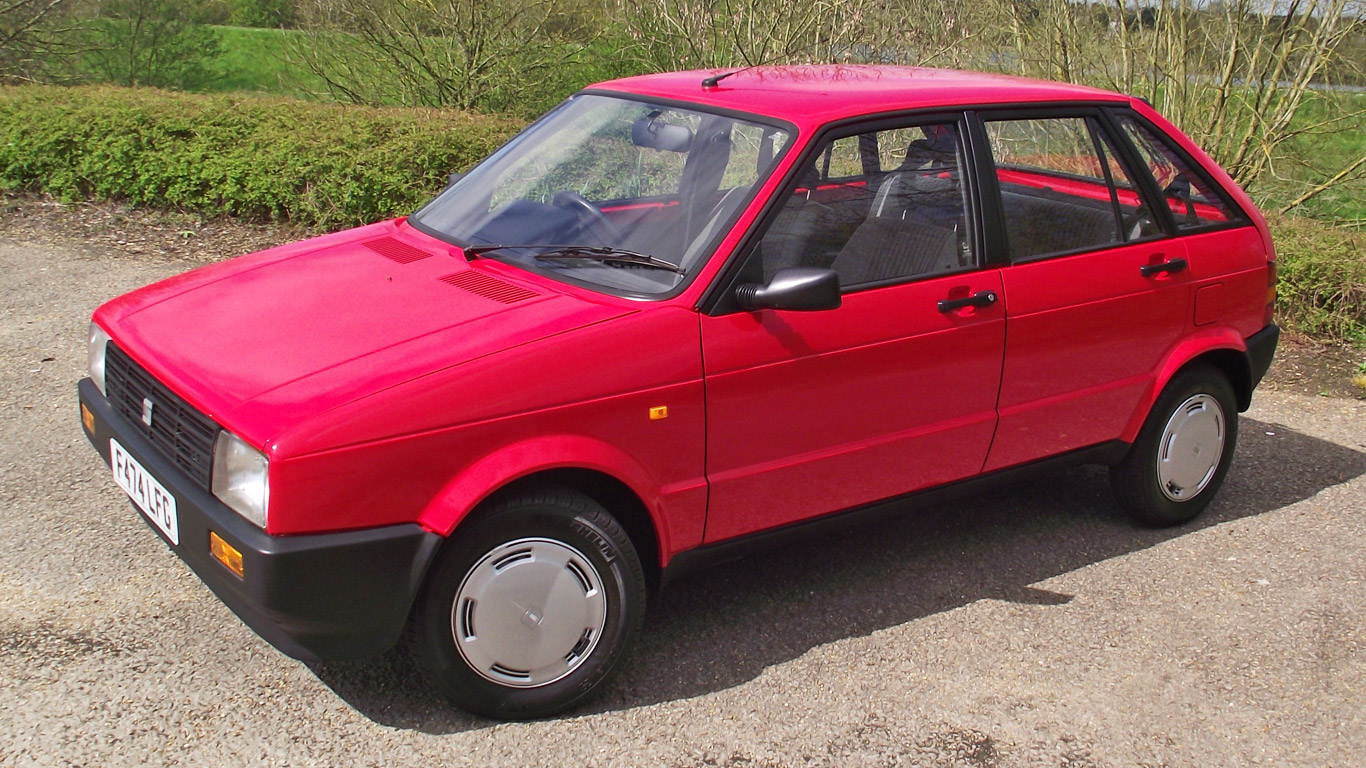
On the one hand, an original SEAT Ibiza shouldn’t cost a fortune to run. It is a supermini, after all, with the respectable fuel economy you’d expect. Classic insurance should be affordable, too – but be aware that parts won’t be cheap (and that’s if you can find them). Fortunately it’ll share some parts with more common vehicles such as the Fiat Panda, but we’ve seen reports of brake discs and clutch plates selling for extortionate prices.
SEAT Ibiza: could I drive it every day?
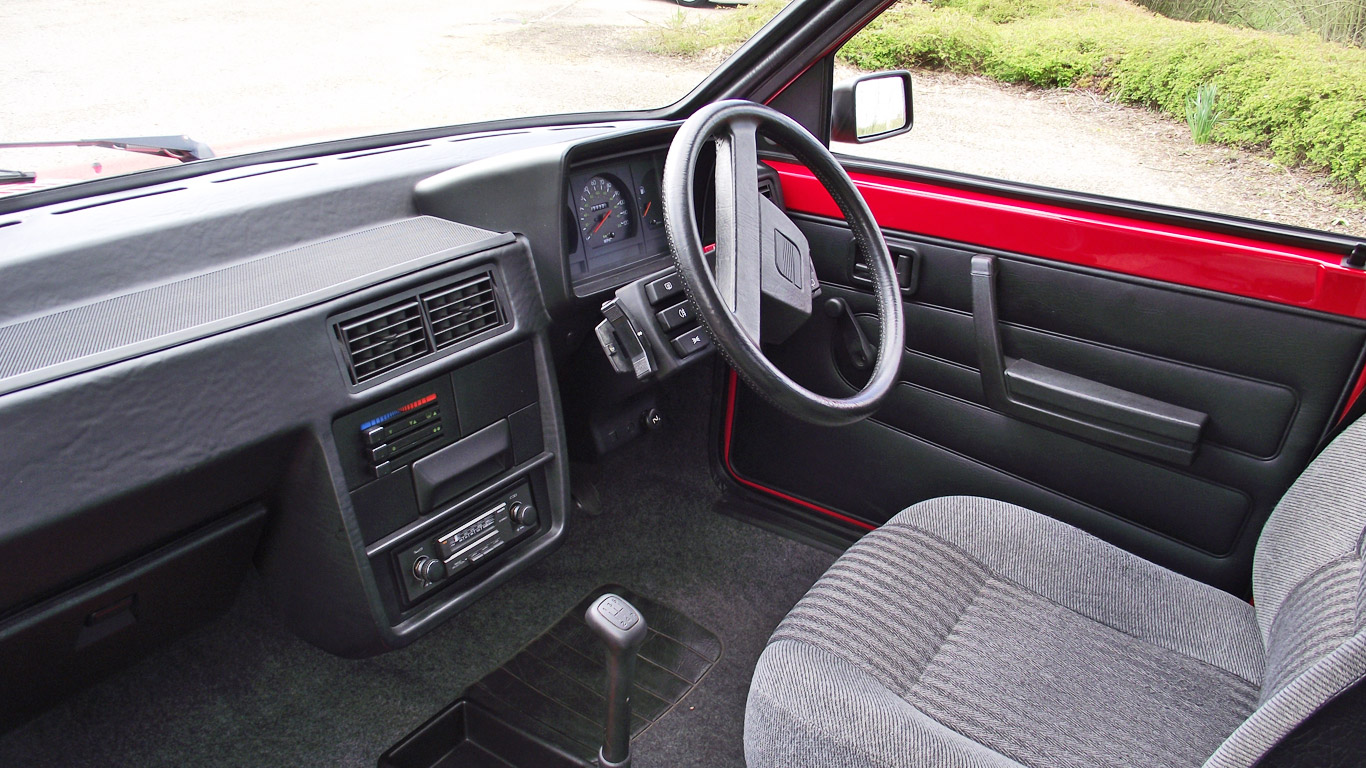
On the one hand, everyone was driving cars like this on a daily basis just 20 years ago. If you find one in good condition and you don’t cover too many miles, it should stand up to being used daily without too much fuss – providing you keep it well maintained.
But with the numbers left on the road, it would seem a bit of a shame. Combine that with a feeling of vulnerability (it feels tiny in traffic next to 21st century cars) and a short supply of parts, and you might want to look elsewhere for an everyday runaround.
SEAT Ibiza: how much should I pay?
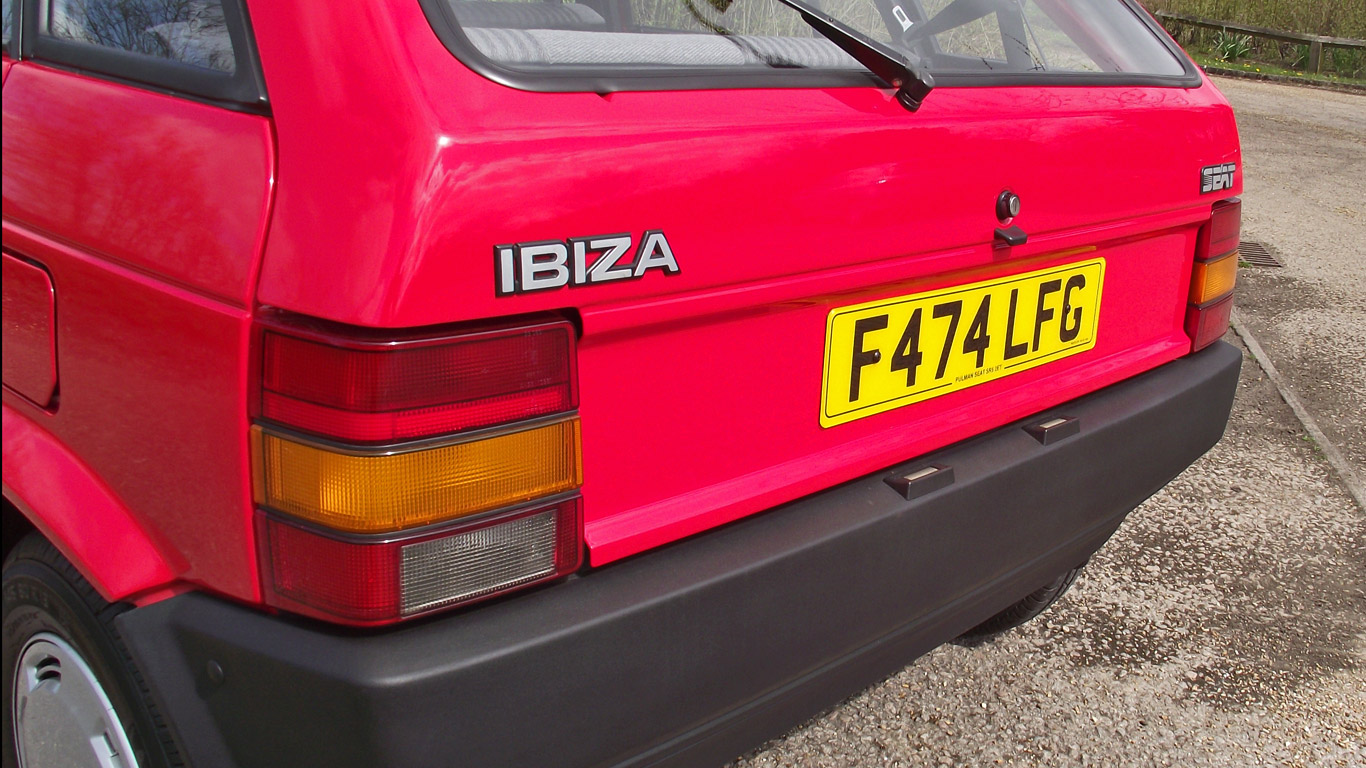
It’s finding one that’s the problem. Despite being relatively popular on the continent, the original Ibiza never sold in huge numbers in the UK, and very few have survived. If you seriously want to buy one, it’ll be a matter of joining the owners’ club, spamming the internet with wanted posts and keeping in with specialist garages.
If you do find one, don’t expect it to be cheap. We wouldn’t pay over the odds for an untidy example with a short or no MOT, but if it’s a good example and you really want it, you could be looking at several thousand pounds.
SEAT Ibiza: what should I look out for?
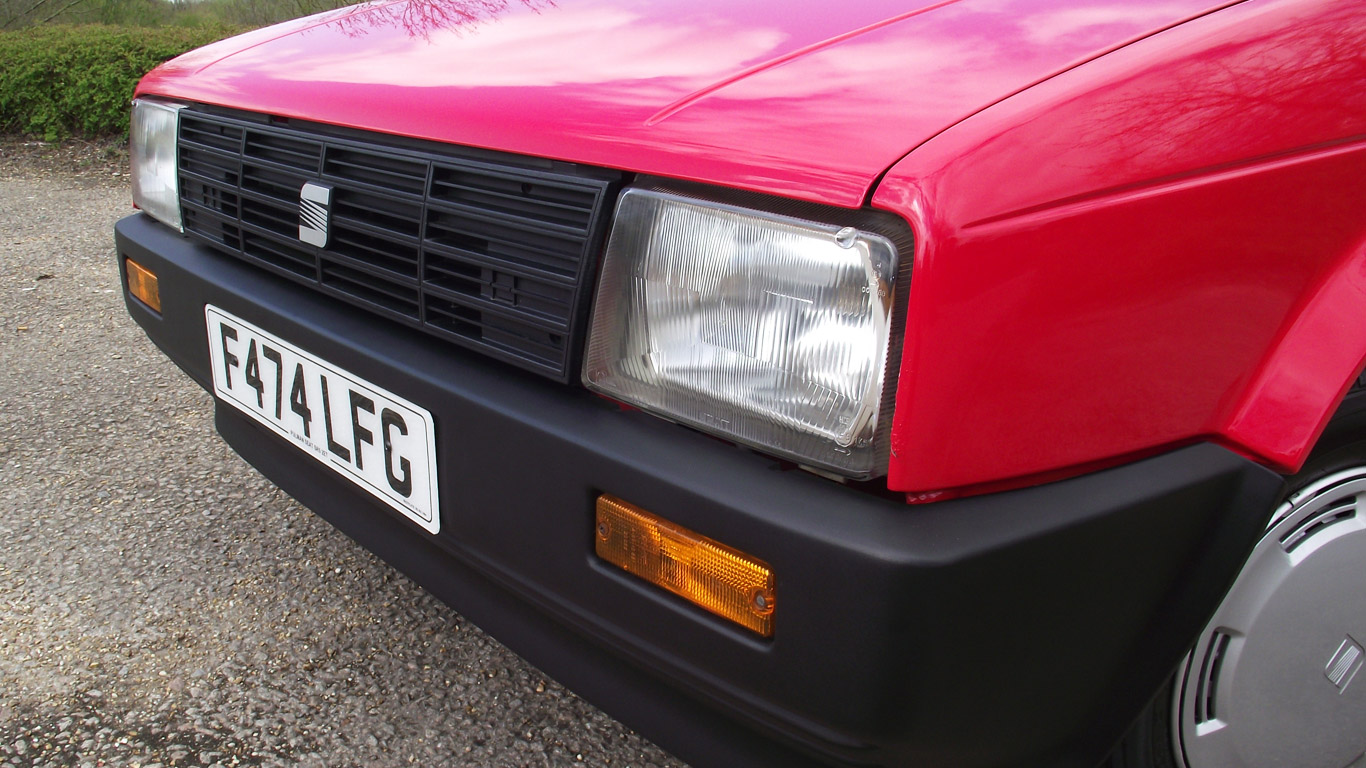
Rust is an issue, particularly around the wheel arches. Other than that, they’re pretty simple – but as mentioned, finding parts can be difficult. Don’t shrug off something like a slipping clutch or cracked windscreen as an easy fix. Be extremely picky and negotiate hard if there are any issues. But remember, you might find it hard to find another one.
SEAT Ibiza: should I buy one?
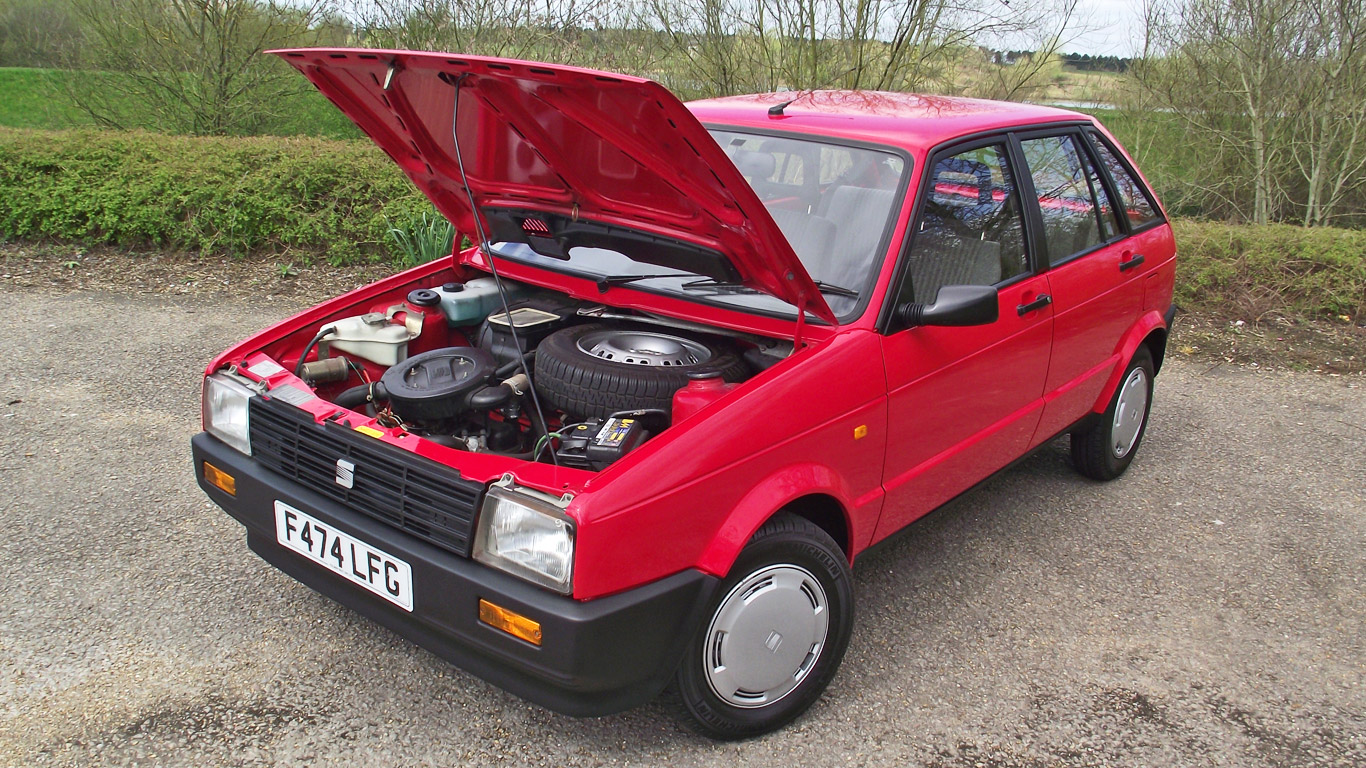
An early Ibiza would make for an interesting purchase, if you can find one. Something like a first- or second-generation Fiesta might be a wiser choice – not only is it easier to find a good example, it’d also be easier to maintain and perhaps a more enjoyable car to drive.
If you do want an Ibiza, we’d probably look for a higher-spec model than the example tested here. Although the 0.9-litre engine does a respectable job of keeping up with modern traffic, a more powerful engine would be more enjoyable as well as more reliable. And the System Porsche engine would make it slightly easier to justify it to your mates.
SEAT Ibiza: pub fact
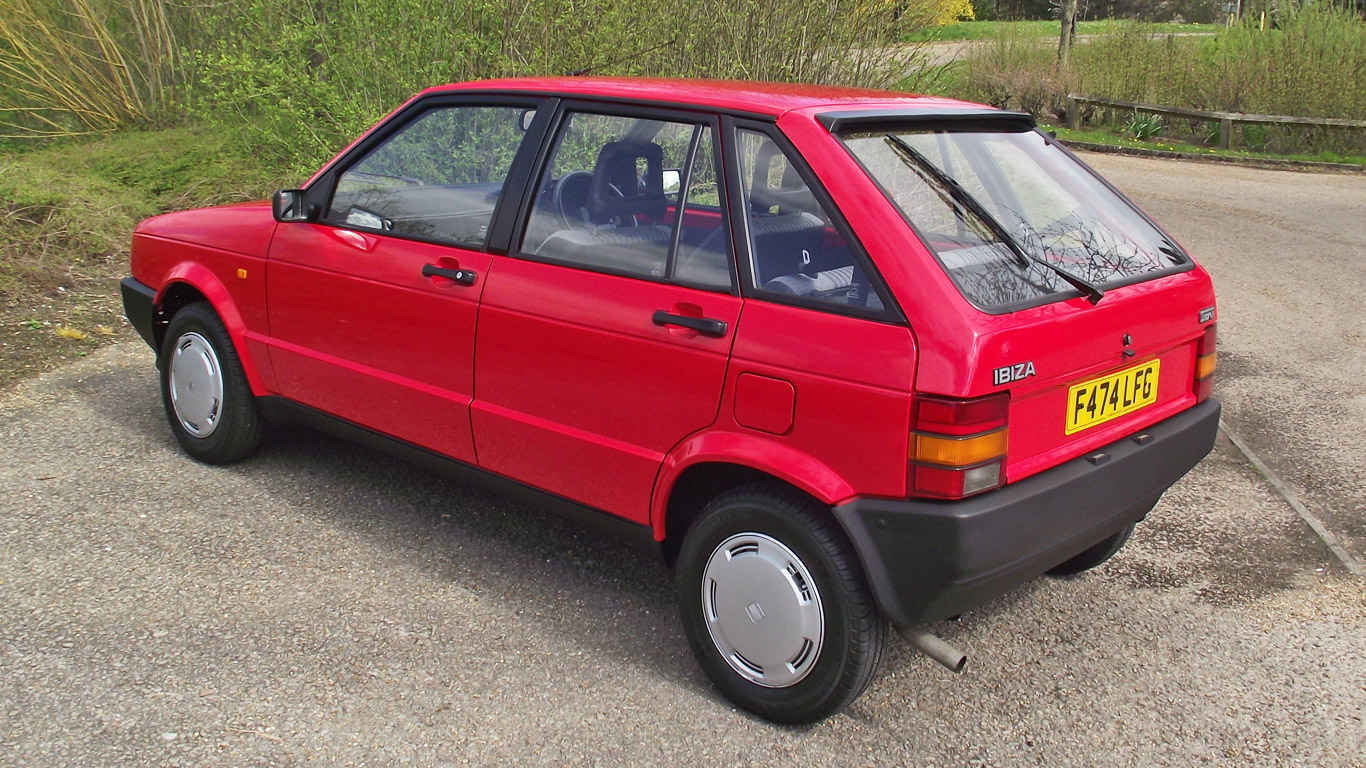
What you’re looking at here could have been the second-generation Volkswagen Golf. Designer of the original Golf, Giorgetto Giugiaro, had his design rejected for the mk2 (instead, VW decided to use its in-house team). Along came SEAT, asking him to design a spacious supermini, he went a bit Blue Peter and showed the firm a project he’d created earlier.


